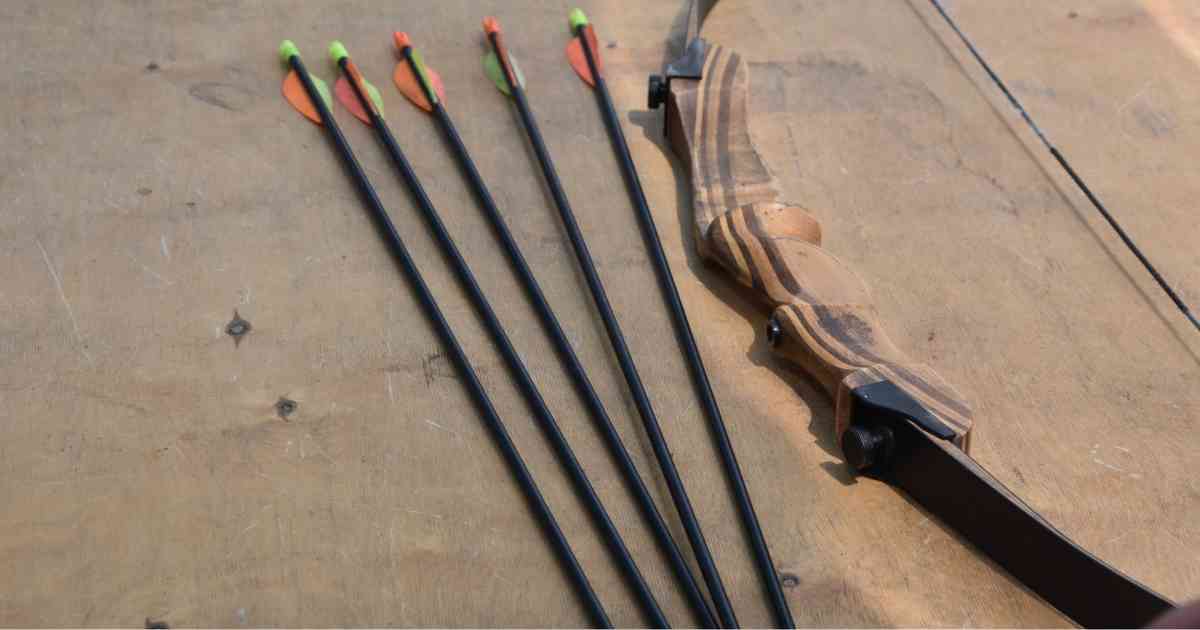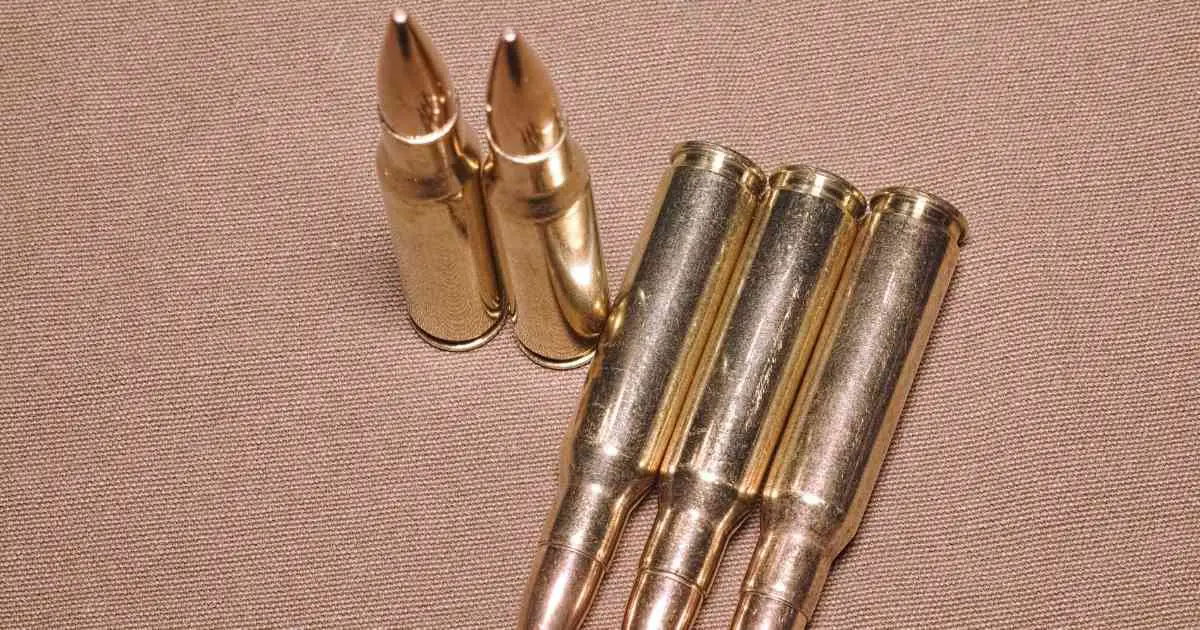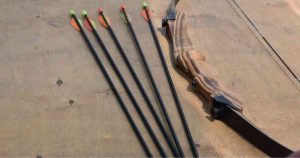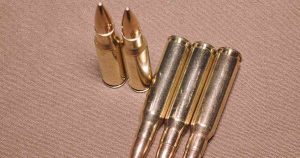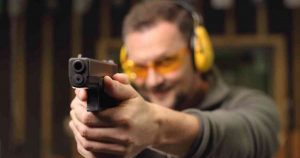Introduction
Archery is one of those things that doesn’t need much introduction. It’s been around for so long that there is scarcely a culture on the planet that hasn’t used it in some way. Anthropologists and archaeologists have found evidence that it was independently developed on multiple continents long before the inhabitants would ever meet each other; it has been a source of food, sport, and protection for civilizations of every kind almost since they have been able to reliably replicate a bowshot.
The ubiquitous nature of archery has led to a vast number of bows being manufactured around the world, and its central role in so many areas of society has led to every empire since ancient Egypt refining it to one extent or another. New materials for both string and bow made archers able to shoot farther and more accurately; the separate but inextricably linked art of fletchery made arrows fly farther and truer.
Medieval times saw a revolution in archery with the invention of the crossbow, which put in the hands of a single individual the kind of mechanical advantage that had until then only been seen in catapults or ballistics. Although slower to load and heavier to carry around, the crossbow had a range and accuracy that few other hand weapons could match, and coupled with a trigger mechanism to eliminate the wear of holding an arrow on the string that could plague a traditional archer.
Another means of adding a mechanical punch to every arrow was found in the creation of the recurve bow, believed to have originated in East Asia before spreading along the famed Silk Road to be adopted by Persian, African, and European civilizations. The recurve is distinguished by the manner in which the arms of the bow cant away from the user when unstrung, giving it a fairly counterintuitive shape; in the early days of its introduction, the recurve was often destroyed by inexperienced archers stringing it backward.
Perhaps the most iconic bow of the middle ages, the yew longbow, brought its own advantage in rate of fire and ease of use and maintenance; repairing a damaged crossbow could mean taking it apart and replacing components, whereas a longbow was relatively cheap and easy to inspect and service. The different advantages of the different kinds of the bow were so hard to properly judge that many feudal armies would include a separate corps for each one.
In modern times, the military applications of both longbow and recurve bow are, broadly speaking, defunct, and archery is now practiced as a sporting venture more than anything else. When game hunting, the crossbow is preferred, as its trigger mechanism allows for the invaluable patience that is at the heart of every proper hunt; for target shooting competitions, though, it removes so much of the challenge that it is generally not counted as a true indicator of the archer’s skill.
With the exception of crossbow-specific competitions, this leaves competitive shooters choosing between a longbow and recurve bow. Here, we’ll look at which one they should pick, and why.
Breaking It Down
Although the most obvious criteria should be the accuracy of the bow in question, it is also the least objective – after all, so much of the bow’s accuracy depends on something other than the actual bow itself. Instead, we will judge them based on objective criteria like weight, cost, simplicity, and maintenance.
Oryx Longbow

Apart from competitive shooting, longbows can also be found in limited use in the hunting world, where they are favored for their lighter weight and minimal extra components. They see extensive use in historical recreations, both on film and during live performances, and are used in some cultures for ceremonial purposes.
In terms of simplicity, it doesn’t get much easier than the longbow – even stringing it provides no great challenge, provided the archer has the strength to bend it, and firing is purely a matter of pulling and releasing. The whole bow is made of just two pieces, making it exceptionally quick to store and unpack, although the length of the bow can be difficult to fit into a car or carry to a competition in a suitcase.
Longbow maintenance is more complicated than one might think. Properly repairing a damaged longbow to the point where it can take the same draw as it did before it was damaged takes professional skill and specialist tools, and may well not be worth your while. If the string is damaged, the best course of action may well be to get a new one; replacement strings are readily available from archery shops, and many competitive shooters will have extras on hand just in case.
Despite the awkward size, the longbow is actually likely to be the lighter of the two, especially if a modern carbon-fiber model is being used. So many different materials are used to make modern bows that it is hard to judge exactly, but the narrower cross-section of the longbow will usually make it weigh less if put against a recurve built of the same stuff.
The cost of a bow will vary hugely depending on what material you buy, where you get it, and a host of other factors; you can get the bow only, without so much as the string, or a full kit that includes safety gear, practice arrows, stringing tool, and more. As a very general guideline, a decent longbow is likely to set you back by roughly USD$200 to USD$300.
Accessorizing your longbow is as much an aesthetic matter as it is a practical one; the highly traditional nature of a longbow in many parts of the world leaves the archer with a plethora of ways to express themselves through their bow’s appearance. There exist plenty of practical additions to your longbow as well, including field repair kits for bow and string alike and improved grips, arrow rests, and more to make shooting easier.
PROS
- Extremely simple to use
- Lighter than other options
- The string will be quieter when released
- Traditional appeal
- Faster to draw
CONS
- Harder to maintain
- Awkward to store and transport
SAS Explorer

Product Highlights
You might remember the recurve bow from Tolkien’s Elvish folk, but they are anything but a fantasy item. A recurve bow these days is almost exclusively made of synthetic materials, as the demands of mass production make properly planing the wood too time-consuming of a task. Strings tend to be either synthetic fiber or very fine cable, depending on how long it needs to be and what conditions the bow is being prepared for.
There is little use for recurves outside of competitive shooting. Most of their use in the bush is instead taken by the compound bow, which uses simple machinery to drastically increase the weight behind each shaft and minimize recoil and noise. In competitions, they are decidedly the more common choice, from smaller meets up to the Olympic games.
A recurve bow is certainly the more complicated of the two; just putting it together can be a challenge, and drawing an improperly attached one can do some serious damage if you’re not careful. Recurve bows tend to be possessed of a much more sculpted grip than a longbow and so are far more demanding to hold; they can only be used in one hand and can be held with exactly one grip to be effective.
Recurve bow maintenance is a coin flip of sorts. Most recurve bows these days are takedown models, meaning that they can be disassembled into several components; any individual component can simply be replaced to effectively repair the entire bow, but this method is incredibly costly, and moreover the only real option the archer has to repair the bow instead of replacing it en masse.
This same property makes the recurve bow exceptionally easy to transport in a wide variety of packages. The archer can detach the components and compact the bow into a comparatively small and convenient package. That said, recurves tend to be thicker and denser than longbows of the same material, and so will be heavier to carry by hand.
The price of a recurve bow varies just as much as it is for a longbow, and for all the same reasons. The recurve bow has been remade of so many different combinations of materials and qualities that setting an average is difficult at best. A recurve bow can cost anywhere from USD$100 to USSD$500, subject to a myriad of mitigating factors.
Thanks again to the modular nature of the recurve bow, there are many more add-ons one can select to customize it for any particular archer’s tastes; just to start with, the risers and grip can all be interchanged for different brands and models until a suitable combination is found. Improved sights, release assists, and even a magazine of extra arrows are common choices as well, although individual competitions may have certain rules about which of these are allowed on the firing line.
PROS
- Easier to replace a damaged part
- Can be adjusted to be passed between archers
- Collapses for easy transport
- Preferred competition bow
- Highly customizable
CONS
- Heavier than longbows of the same material
- Far more complicated to assemble and maintain
Final Verdict
Winner – Recurve Bow
As useful as a longbow is in the various fields where it is still employed, the recurve bow is still the most common choice for professional archers; it gives more power for the same size and is available in more configurations than a longbow. It is easier to customize, transport, and maintain, and supports more attachments that make the archer’s life that much easier on the firing line.
The problems of weight and complexity are both downsides, but in a tournament setting, the chances are that one will already have extensively familiarize themselves with their bow and not have to walk too far with it anyway. Interestingly, the recurve’s use of a dedicated right or left-handed grip has caused it to be the bow offered to complete novices as well, as the extensive molding applied to a recurve grip helps the new archer hold it correctly right away.
It is worth noting that there are man competitions that specify other types of bow and that there are other uses for both kinds of bow besides at competitive meets; the biggest, as mentioned, is in the hunting world, where the longbow and recurve both tend to take a back seat to pulley-driven compound bows or a crossbow with a trigger mechanism. These mechanical advantages are frowned upon in tournaments but add the tens of pounds of mechanical advantage needed to down large game.
Buyer’s Guide
Buying a personal bow isn’t something one does every day, and even seasoned archers can sometimes get confused as to what to look for when it finally comes time to search for a replacement. Here are some ways you can make sure that you pick the right bow the first time around and keep bow shopping an infrequent part of your life.
Start the same way you would before any major purchase – set yourself a budget. Bow prices can vary enormously depending on what materials, quality, and attachments you are going to be using, and it can be tempting to go for the high end of the scale, but don’t let yourself get carried away.
Take a moment to decide what kind of bow you will be buying, and what you will be using it for. Not every bow is suitable for every task, so make sure you’re picking one that truly answers our needs.
Depending on where you are buying, or buying from, you should also be sure to read up on any relevant legislation regarding the kind of bow you intend to buy, especially if you are ordering it online or having it delivered by mail. Different countries or states have vastly disparate ways of viewing a bow, from a harmless toy to a prohibited weapon, and a small amount of homework can save you a lengthy customs process or even having your bow confiscated entirely.
Next, take your measurements – a bow needs to be the right size for you in much the same way as a new outfit. The main numbers you will need are your height and wingspan; these numbers can be entered into a number of free online programs that will calculate your optimal bow height and draw length, or else taken to a professional at your local archery shop for a qualified recommendation.
Check how much weight you can realistically expect to draw with the relevant arm. It is important to take an honest and accurate measure of this, as you might otherwise be left with a bow either too strong for you to move or too weak to hit your intended targets.
In the same vein, it is worth checking how much weight your other arm can support – it will be the one holding the arrow up until it is released, and must be able to keep it on target for all of that time. For both of these reasons, you might want to gauge how long you are likely to hold an arrow taut before releasing, as this can affect your arms’ stamina and what bow you will try to support.
String and riser material is a highly personal choice and it’s hard to call any one option better than another, but be sure to buy a brand tested for the draw strength you plan to be using. Getting either one too weak for the other isn’t just a bad idea, it can actually be dangerous; a snapping string or bow can strike the archer and cause serious injury, particularly if it hits the eyes, teeth, or ears.
If you are buying for the first time, keep in mind that a bow is of little use alone; make sure to research the appropriate safety equipment for the kind of shooting you intend to do, and budget for it along with your bow. This generally includes an arm guard to prevent being burned by the string and a good archer’s glove, but can be extended to eye protection or hunter’s orange spending on your individual circumstances.



